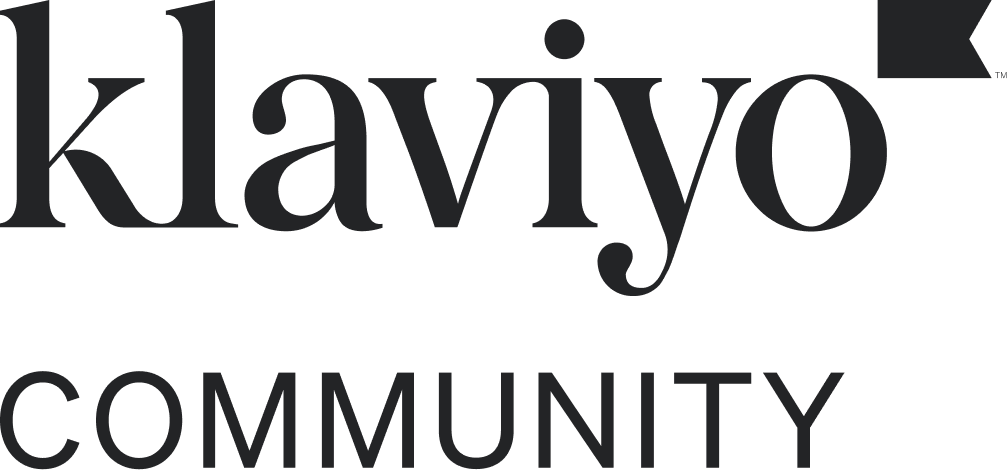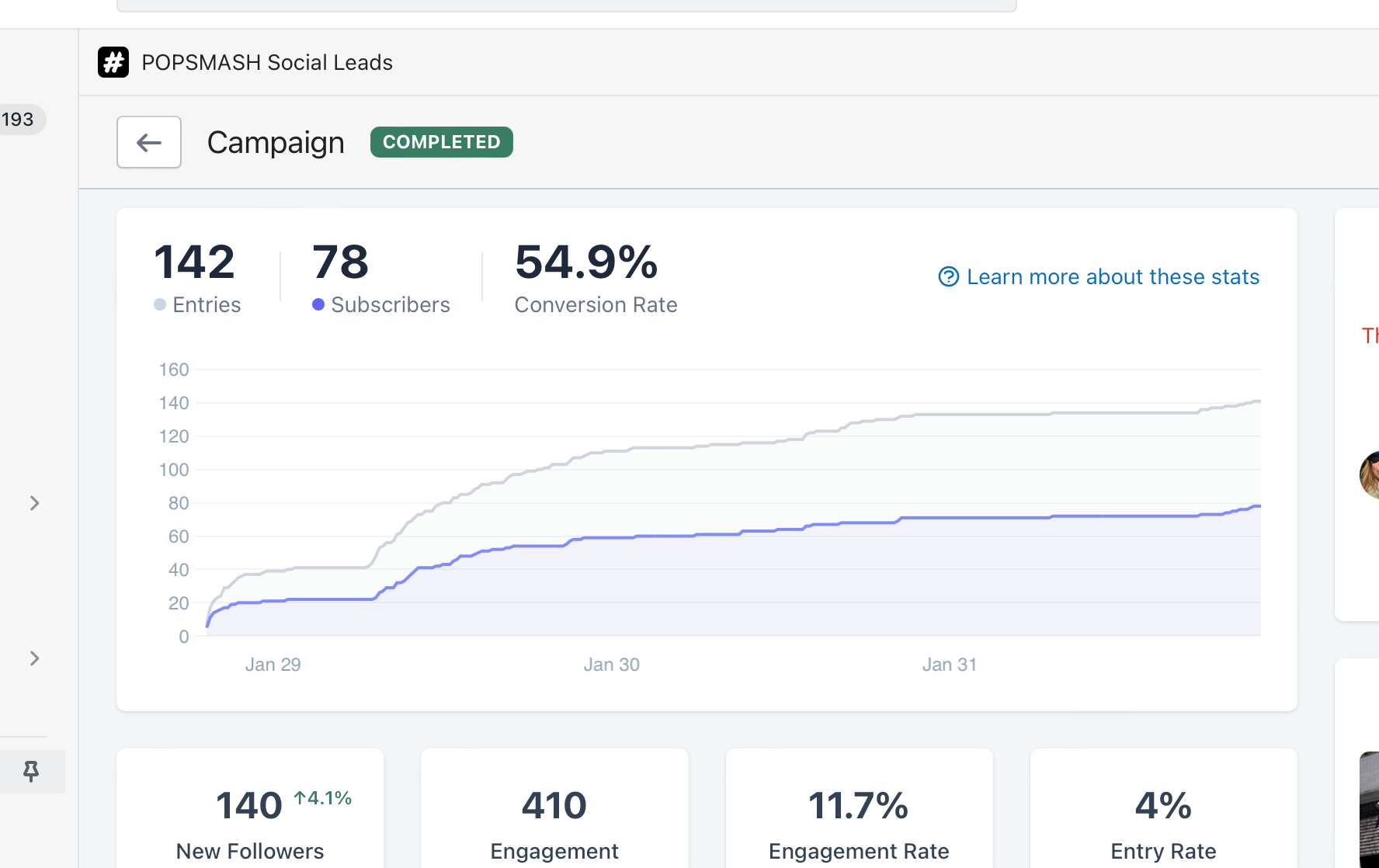Hey community!
I’m doing some research on different optin offers, and I’m interested to hear what your experience has been with doing giveaways.
My clients mostly sell luxury products, and prefer to not give any discount offers. So the challenge becomes, how do you incentivize optins without offering a discount?
I’d love to know...
- What was the optin reward offered?
- Did every new subscriber get a reward, or just one monthly/weekly winner?
- How did you fulfill that? Did they have to place an order with a secret discount code to “redeem” the reward?
I’ve seen optin rates around 3% when everyone was offered a free sticker. Then optin rates of 9-11% when we offer a downloadable asset like a pet safety checklist, or packing list.
I’d love to see some new ideas though…
~ Gabrielle


![[Academy] Klaviyo Product Certificate Badge](https://uploads-us-west-2.insided.com/klaviyo-en/attachment/8798a408-1d98-4c3e-9ae8-65091bb58328_thumb.png)


